Scientists at CERN’s Large Hadron Collider successfully transformed lead into gold atoms, achieving an ancient alchemist dream through modern physics.


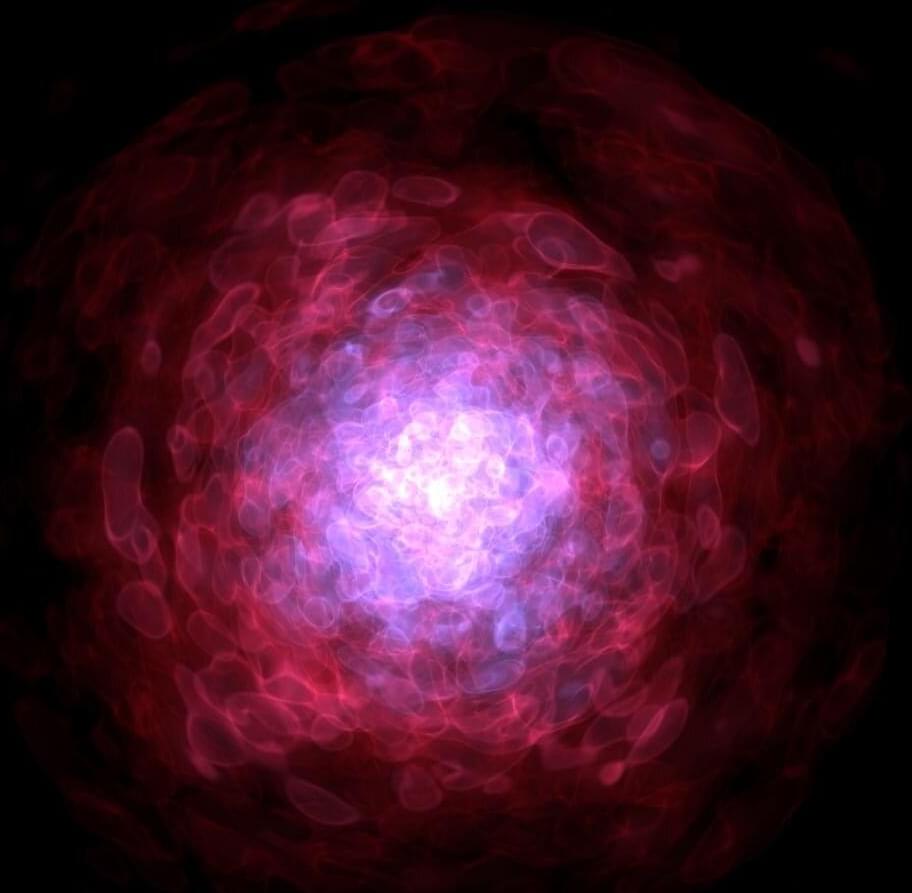
In a new study published in Physical Review Letters, scientists have estimated a new lower bound on the mass of ultra-lightweight bosonic dark matter particles.
Purported to make up about 85% of the matter content in the universe, dark matter has eluded direct observation. Its existence is only inferred by its gravitational effects on cosmic structures.
Because of this, scientists have been unable to identify the nature of dark matter and, therefore, its mass. According to our current model of quantum mechanics, all fundamental particles must be either fermions or bosons.
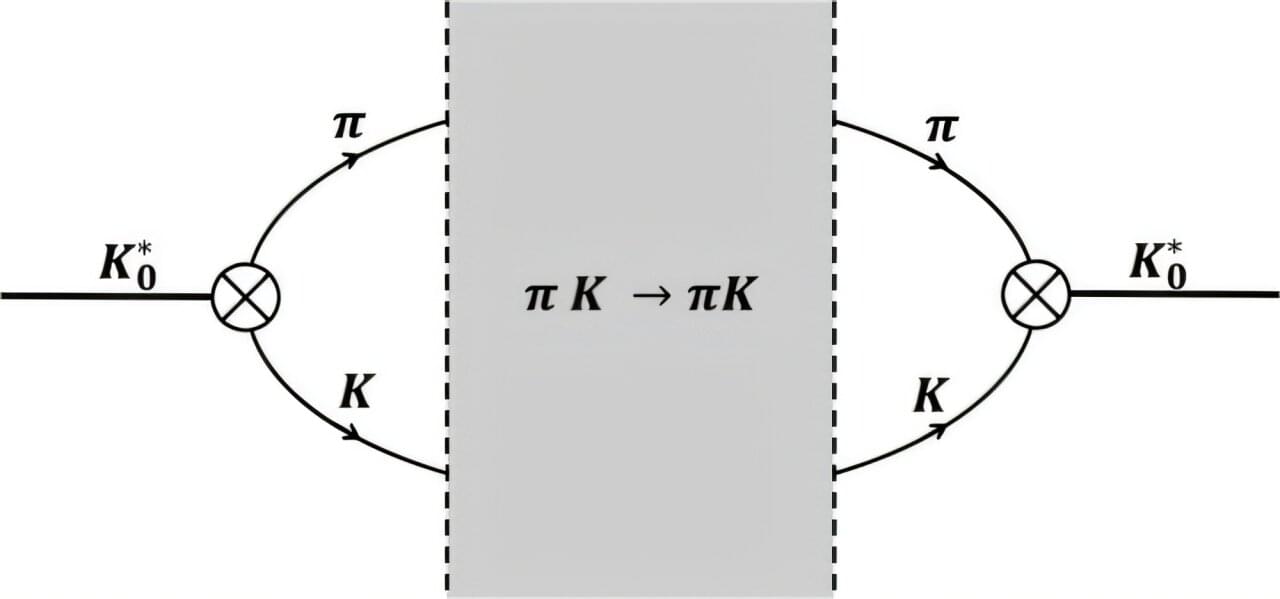
A new study published in Physical Review D titled, “Extending the Bridge Connecting Chiral Lagrangians and QCD Gaussian Sum-Rules for Low-Energy Hadronic Physics,” offers significant advancements in the understanding of the strong nuclear force. This fundamental interaction is responsible for holding protons and neutrons together within atomic nuclei and plays a central role in the formation of matter.
Dr. Amir Fariborz, Professor of Physics at SUNY Polytechnic Institute, has co-authored the research, which builds on a theoretical bridge first proposed by Dr. Fariborz and his collaborators in 2016, which connects the complex world of hadrons (composite particles such as protons, neutrons, and mesons) with their underlying quark structure.
The current work enhances this framework by incorporating higher-order effects, which allow for more refined predictions and the potential to study more intricate subatomic phenomena. These include scalar and pseudoscalar mesons that possess hybrid quark-gluon structures and may exhibit mixing with glueballs, a type of particle hypothesized to be composed entirely of gluons.
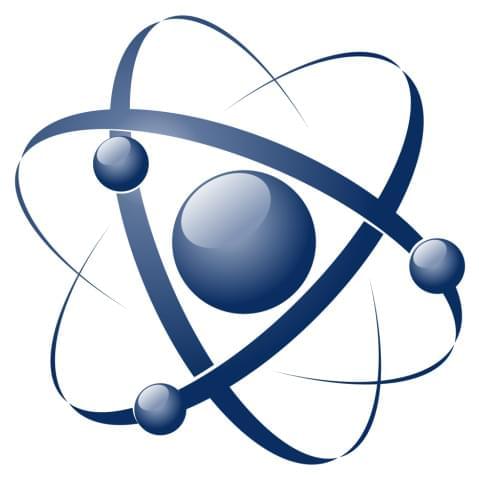
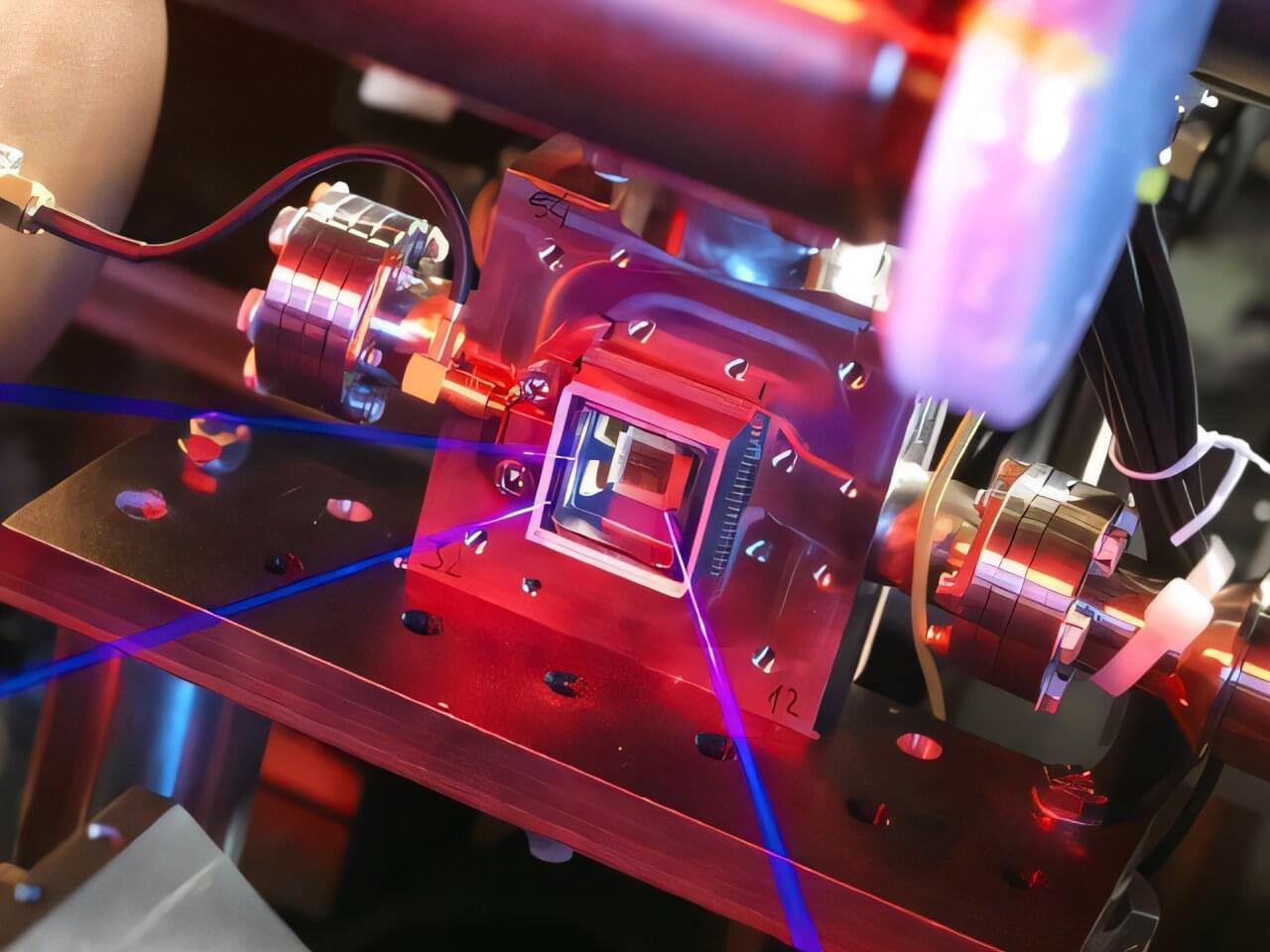
The findings are published in the journal Physical Review Letters.
Compared with their classical counterparts, systems made up of many quantum particles—such as quantum computers—are horrendously complex to analyze and simulate. This complexity is due in part to the strong correlations between particles, which can act over long distances.
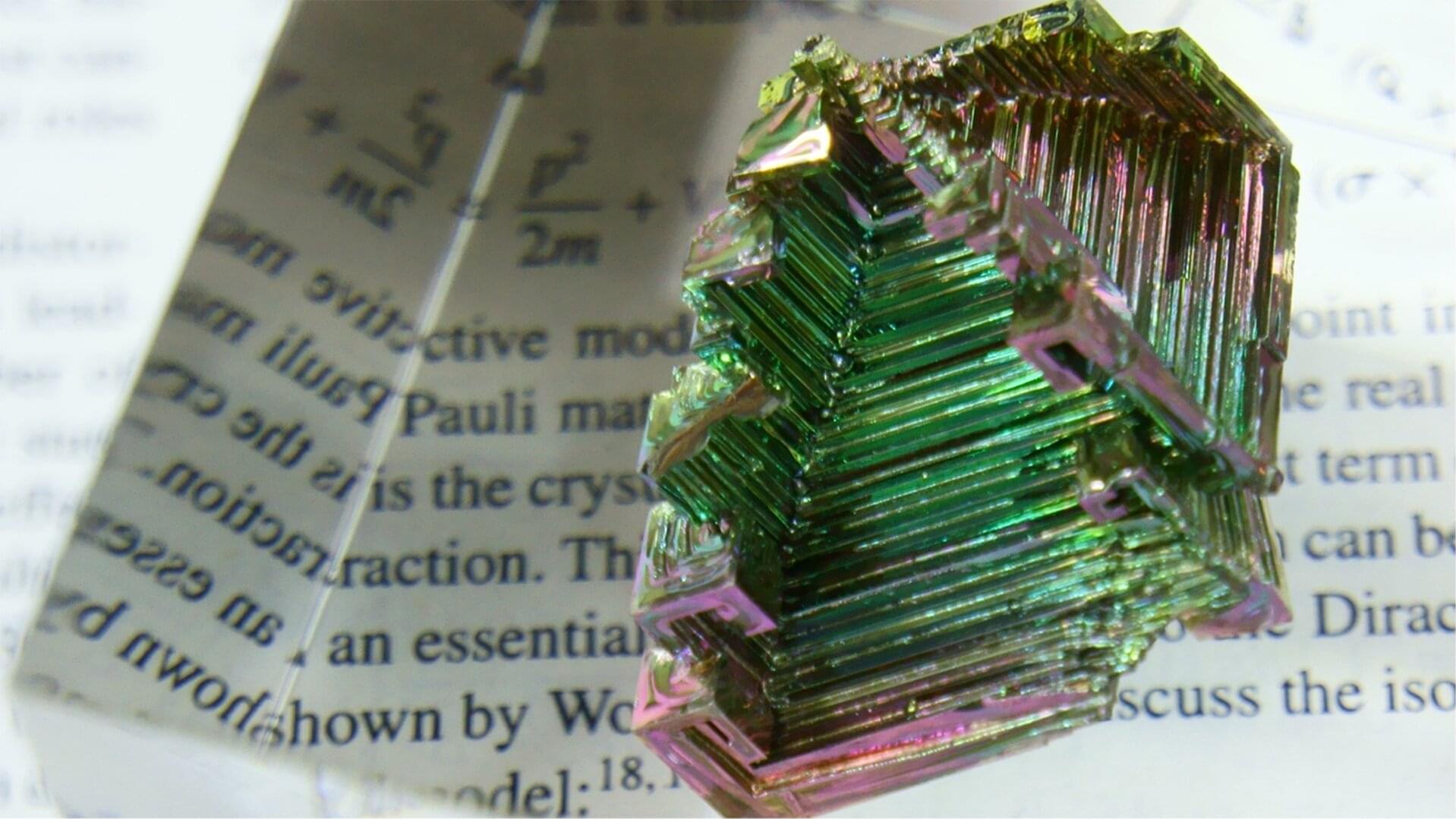
Whether bismuth is part of a class of materials highly suitable for quantum computing and spintronics was a long‑standing issue. Kobe University research has now revealed that the true nature of bismuth was masked by its surface, and in doing so uncovered a new phenomenon relevant to all such materials.
The team have published their results in a letter in the journal Physical Review B.
There is a class of materials that are insulators in their bulk, but robustly conductive at their surface. As this conductivity does not suffer from defects or impurities, such “topological materials,” as they are called, are expected to be highly suitable for use in quantum computers, spintronics and other advanced electronic applications.
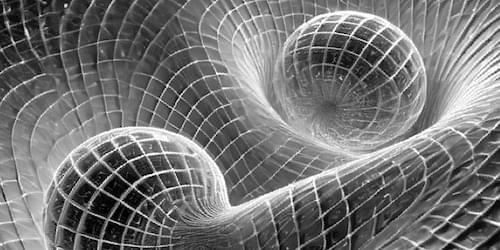
As searches for the leading dark matter candidates—weakly interacting massive particles, axions, and primordial black holes—continue to deliver null results, the door opens on the exploration of more exotic alternatives. Guanming Liang and Robert Caldwell of Dartmouth College in New Hampshire have now proposed a dark matter candidate that is analogous with a superconducting state [1]. Their proposal involves interacting fermions that could exist in a condensate similar to that formed by Cooper pairs in the Bardeen-Cooper-Schrieffer theory of superconductivity.
The novel fermions considered by Liang and Caldwell emerge in the Nambu–Jona-Lasinio model, which can be regarded as a low-energy approximation of the quantum chromodynamics theory that describes the strong interaction. The duo considers a scenario where, in the early Universe, the fermions behave like radiation, reaching thermal equilibrium with standard photons. As the Universe expands and the temperature drops below a certain threshold, however, the fermions undergo a phase transition that leads them to pair up and form a massive condensate.
The proposed scenario has several appealing features, say Liang and Caldwell. The fermions’ behavior would be consistent with that of the cold dark matter considered by the current standard model of cosmology. Further, the scenario implies a slight imbalance between fermions with different chiralities (left-and right-handed). Such an imbalance might be related to the yet-to-be-explained matter–antimatter asymmetry seen in the Universe. What’s more, the model predicts that the fermions obey a time-dependent equation of state that would produce unique, potentially observable signatures in the cosmic microwave background (CMB) radiation. The researchers suggest that next-generation CMB measurements—by the Simons Observatory and by so-called stage 4 CMB telescopes—might reach sufficient precision to vet their idea.
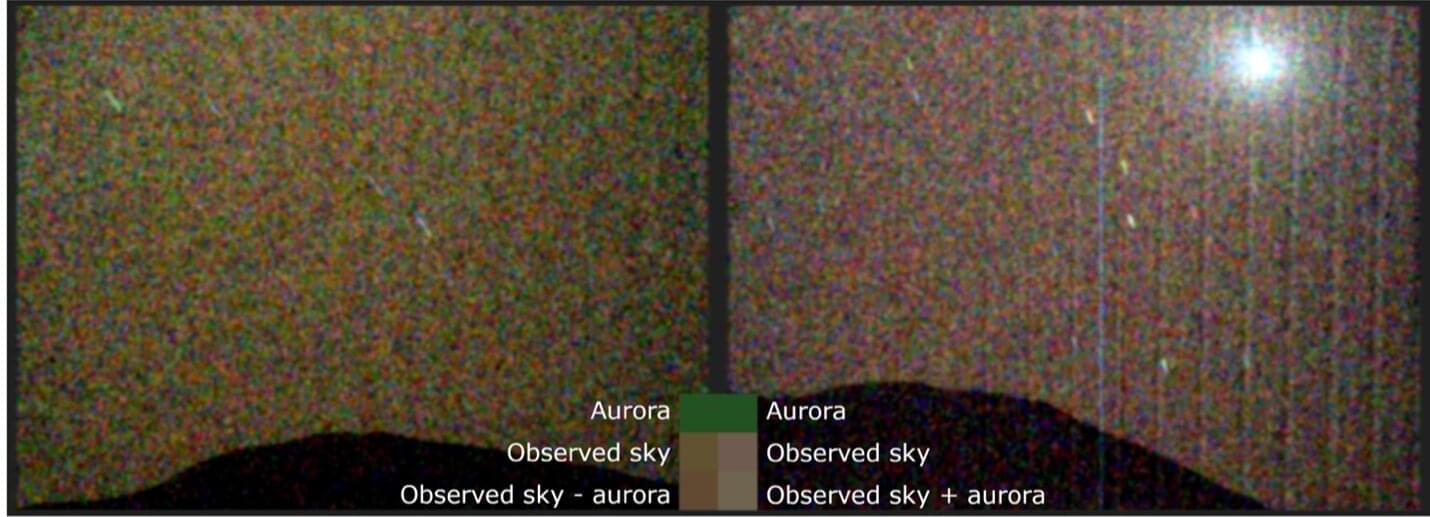
On March 15, 2024, near the peak of the current solar cycle, the sun produced a solar flare and an accompanying coronal mass ejection (CME), a massive explosion of gas and magnetic energy that carries with it large amounts of solar energetic particles. This solar activity led to stunning auroras across the solar system, including at Mars, where NASA’s Perseverance Mars rover made history by detecting them for the first time from the surface of another planet.
“This exciting discovery opens up new possibilities for auroral research and confirms that auroras could be visible to future astronauts on Mars’ surface,” said Elise Knutsen, a postdoctoral researcher at the University of Oslo in Norway and lead author of the Science Advances study, which reported the detection.
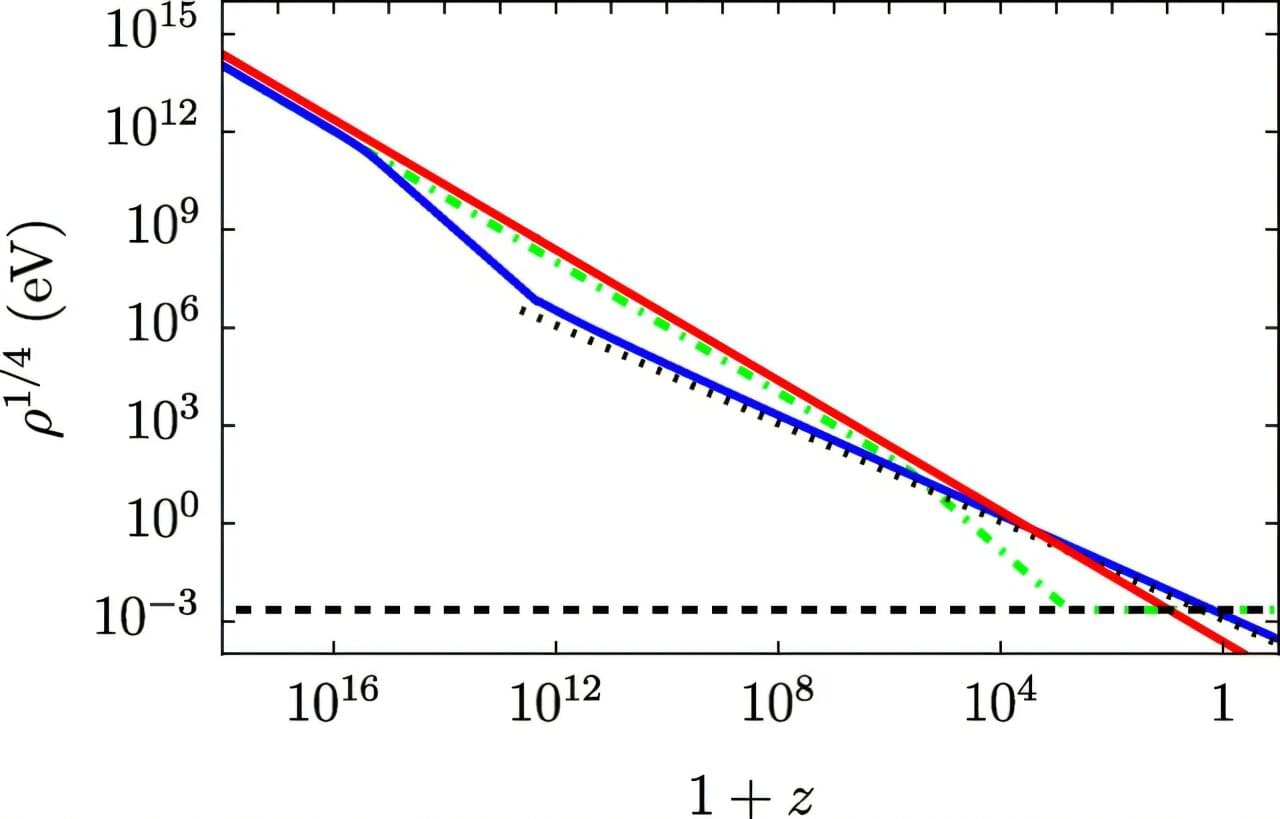
A study by Dartmouth researchers proposes a new theory about the origin of dark matter, the mysterious and invisible substance thought to give the universe its shape and structure. They say the hypothetical force shaping the universe sprang from particles that rapidly condensed, like steam into water.
The researchers report in Physical Review Letters that dark matter could have formed in the early life of the universe from the collision of high-energy massless particles that lost their zip and took on an incredible amount of mass immediately after pairing up, according to their mathematical models.
Hypothetical dark matter is believed to exist based on observed gravitational effects that cannot be explained by visible matter. Scientists estimate that 85% of the universe’s total mass is dark matter.
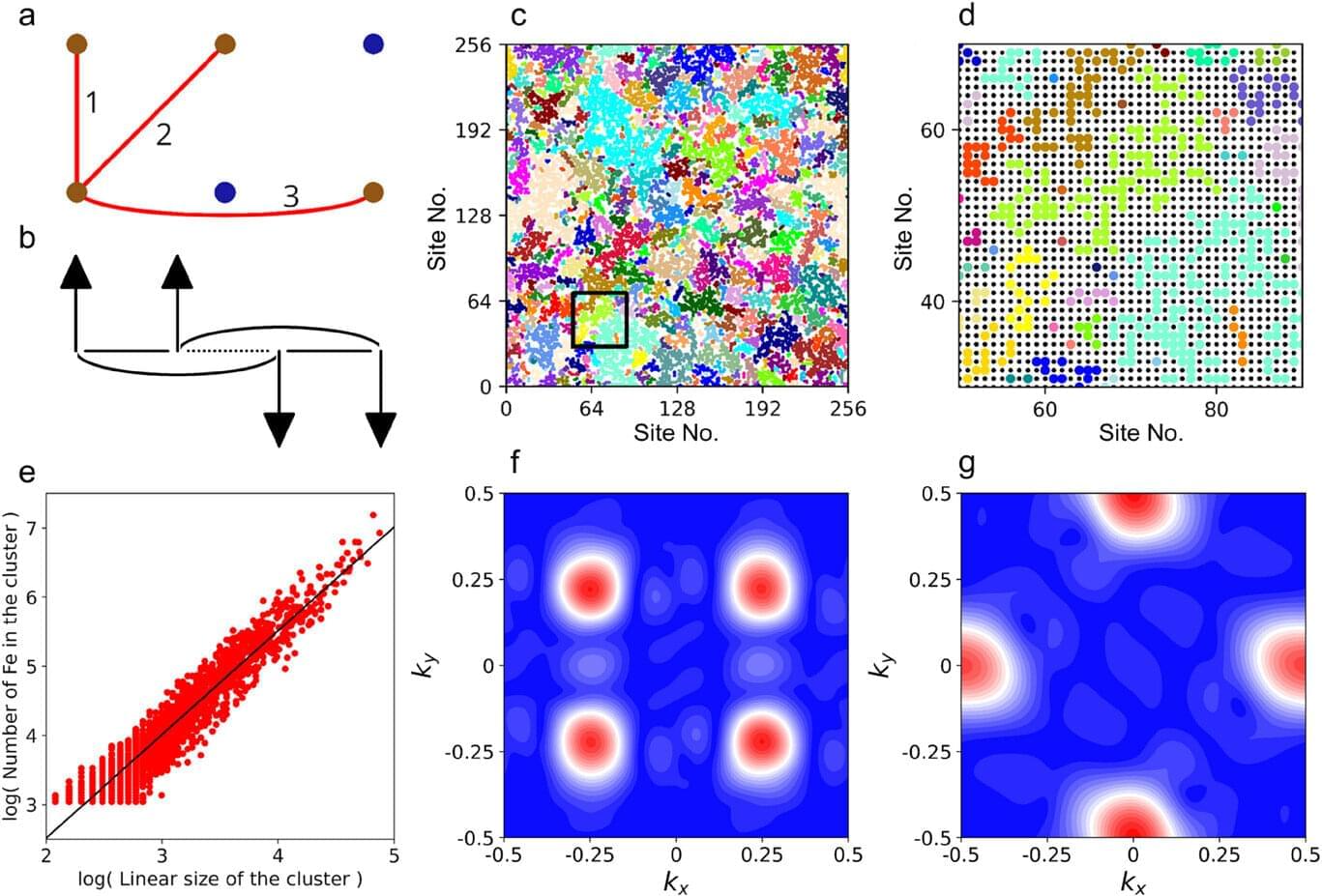
A surprising effect was discovered through a collaborative study by researchers from TU Wien and institutions in Croatia, France, Poland, Singapore, Switzerland, and the US during the investigation of a special material: the atoms are arranged in a completely disordered manner but produce magnetic order.
The study is published in the journal Advanced Functional Materials.
Superconductivity is one of the central topics in modern materials science: certain materials can conduct electrical current without any resistance—at least below a certain temperature. However, how to produce materials that still exhibit this property at higher temperatures remains an unsolved problem.